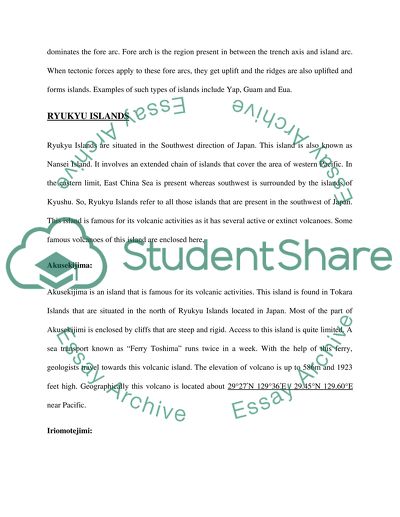Cite this document
(“The Volcanic Island Arcs of the Pacific Term Paper”, n.d.)
Retrieved de https://studentshare.org/geography/1392592-the-volcanic-island-arcs-of-the-pacific
Retrieved de https://studentshare.org/geography/1392592-the-volcanic-island-arcs-of-the-pacific
(The Volcanic Island Arcs of the Pacific Term Paper)
https://studentshare.org/geography/1392592-the-volcanic-island-arcs-of-the-pacific.
https://studentshare.org/geography/1392592-the-volcanic-island-arcs-of-the-pacific.
“The Volcanic Island Arcs of the Pacific Term Paper”, n.d. https://studentshare.org/geography/1392592-the-volcanic-island-arcs-of-the-pacific.


